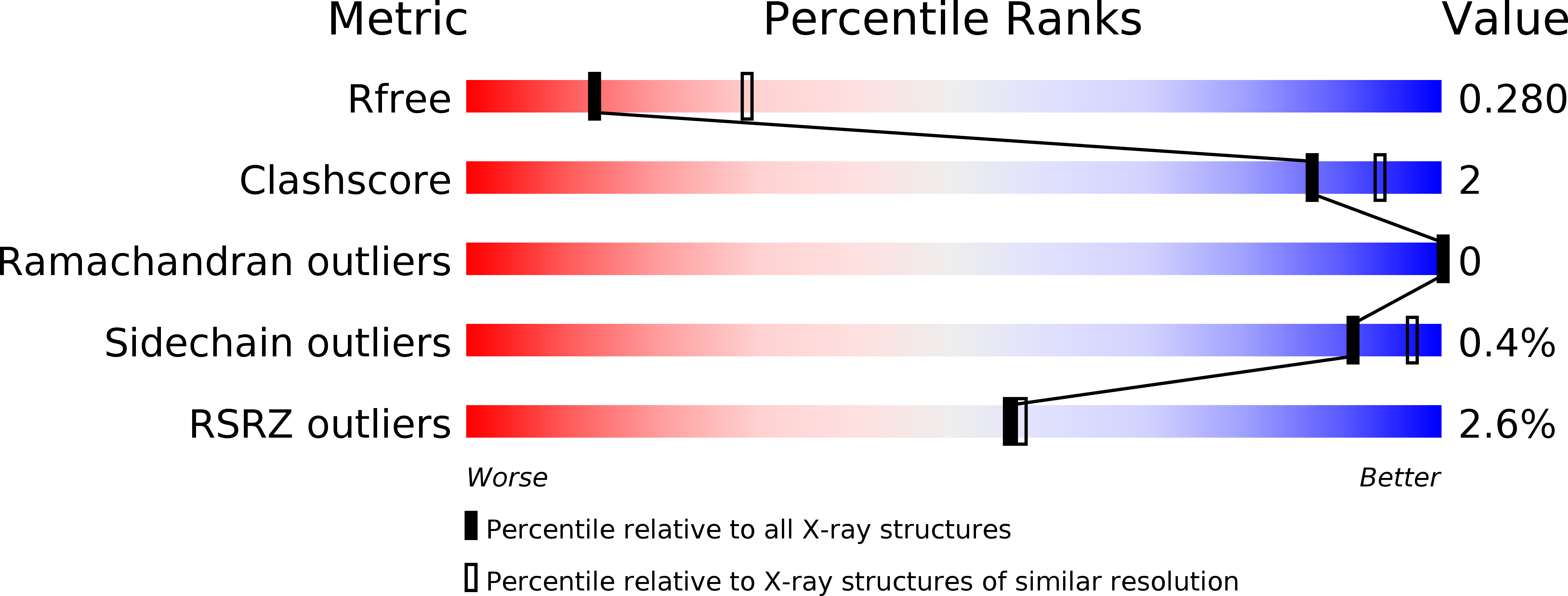
Deposition Date
2016-07-18
Release Date
2016-08-24
Last Version Date
2025-10-01
Method Details:
Experimental Method:
Resolution:
2.70 Å
R-Value Free:
0.28
R-Value Work:
0.23
R-Value Observed:
0.23
Space Group:
P 43


